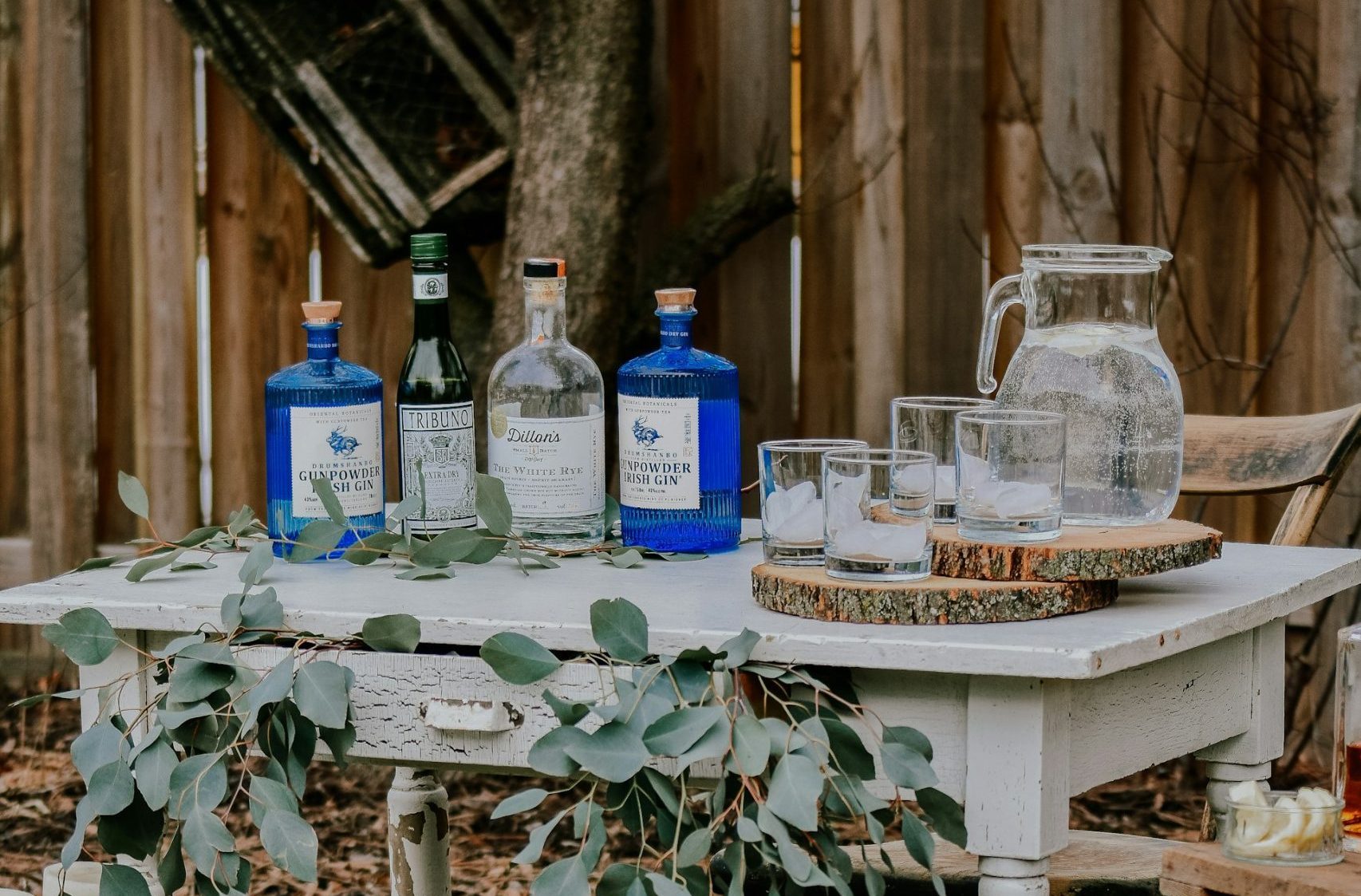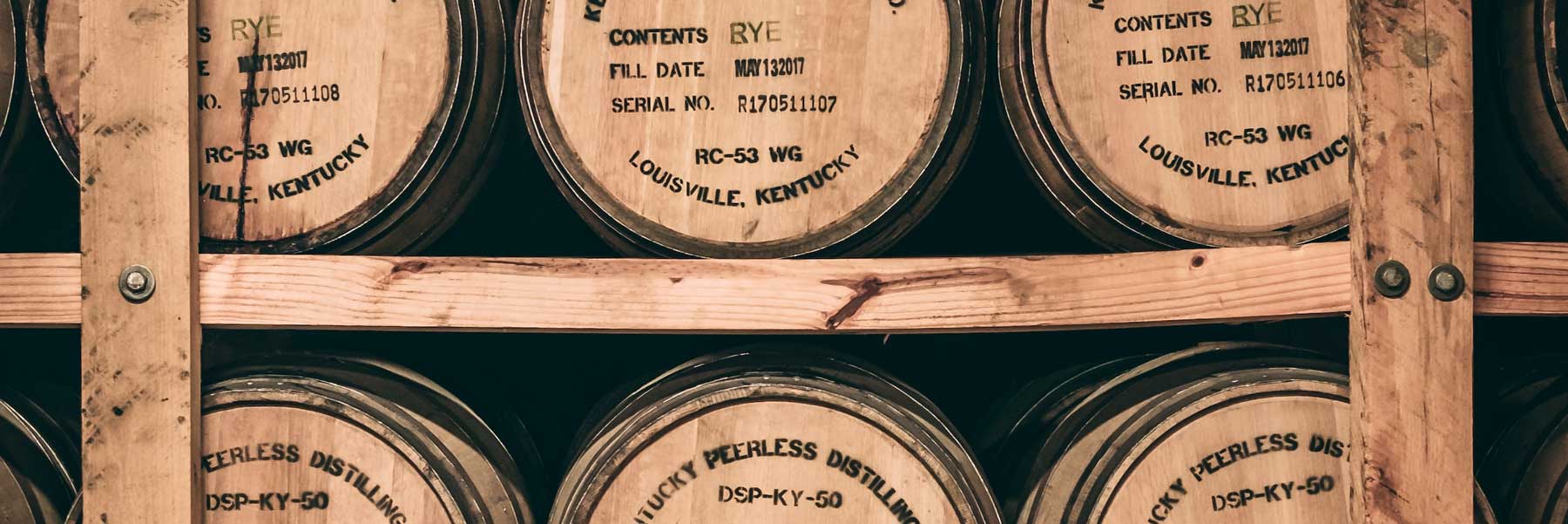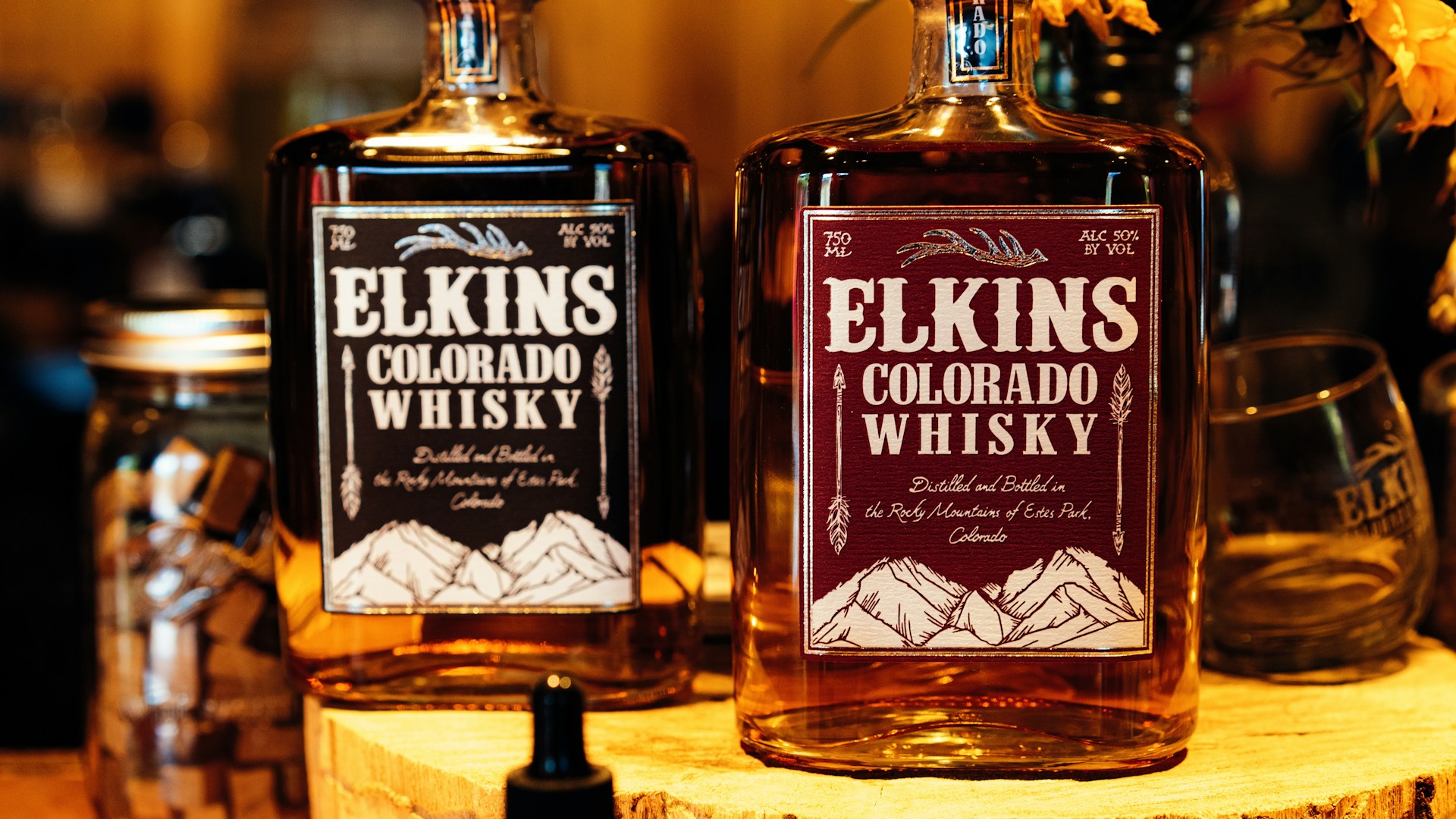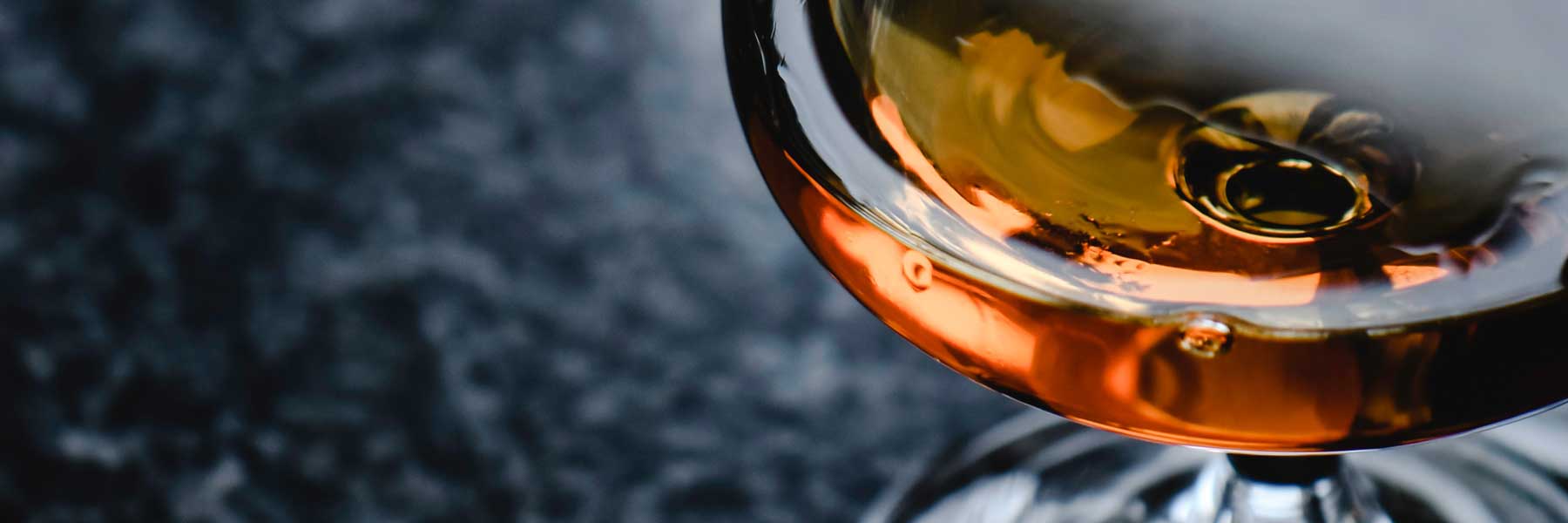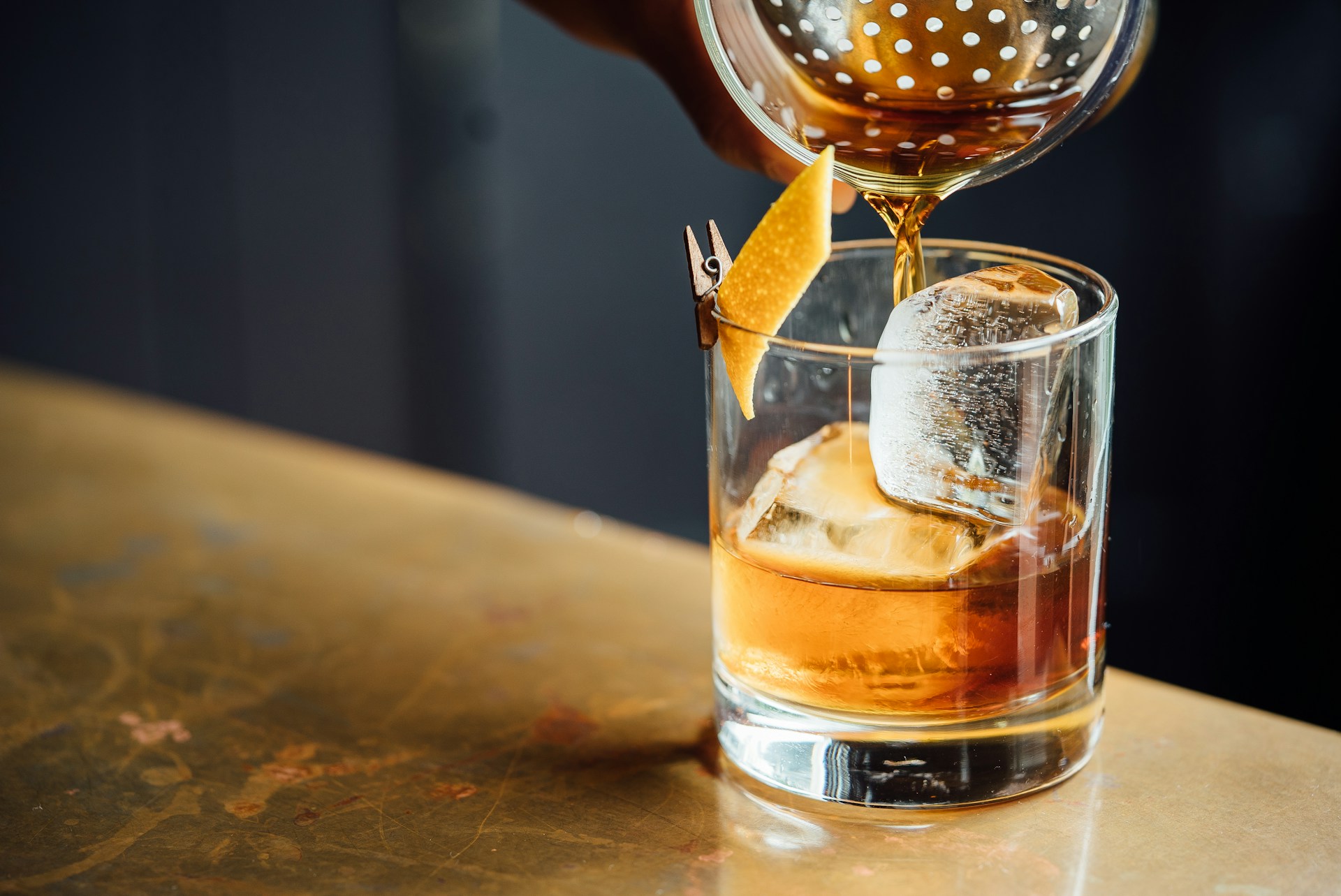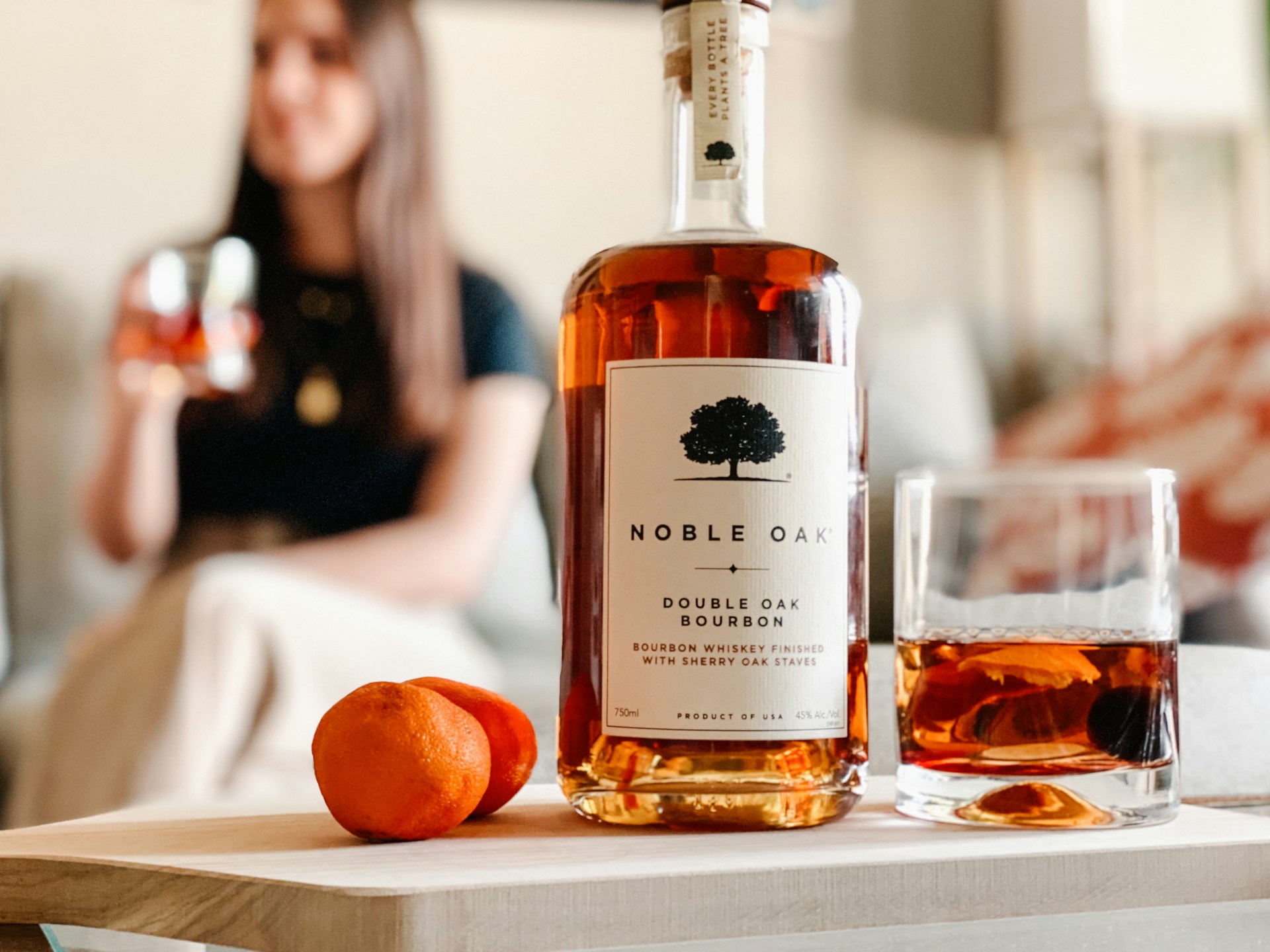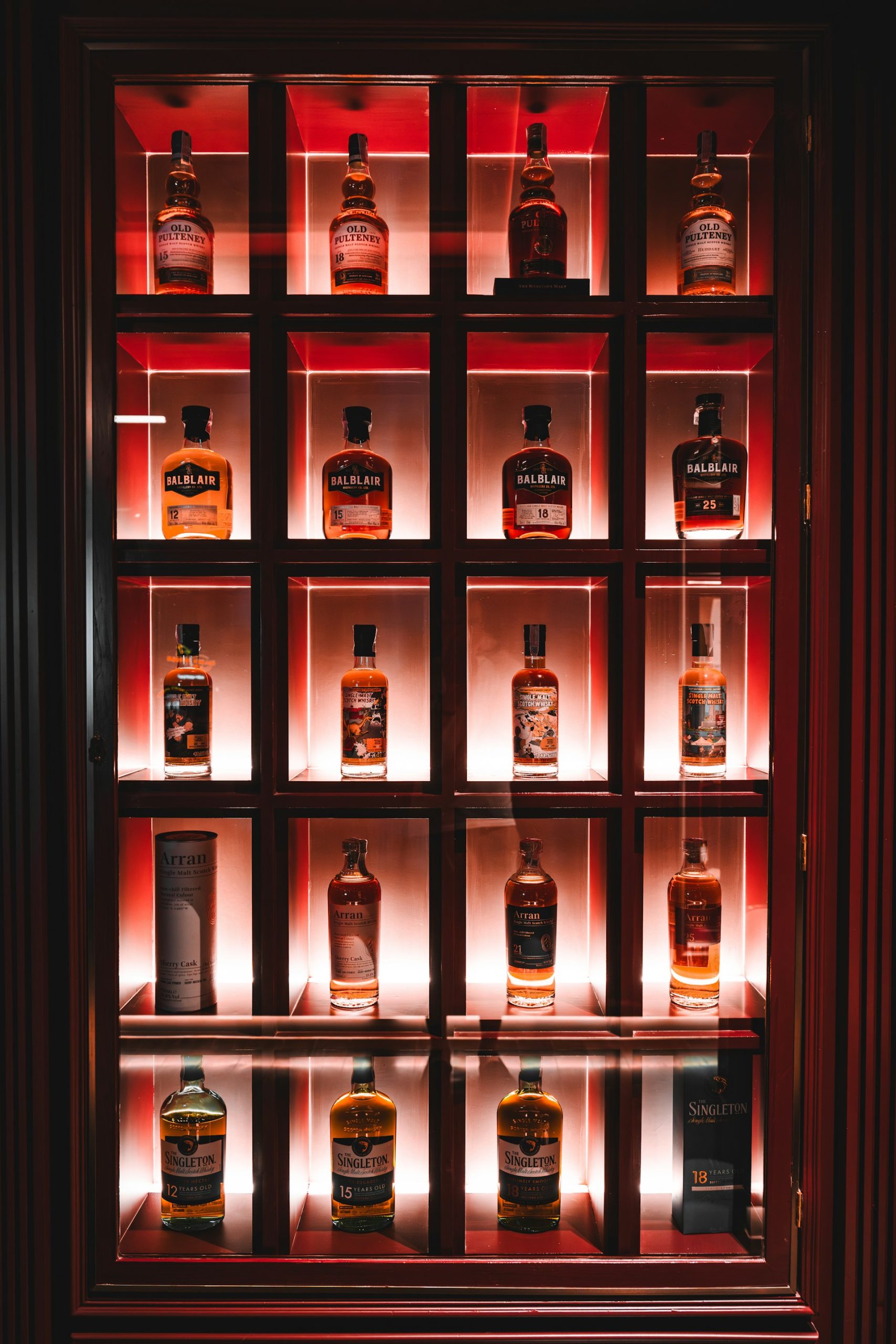Water and Whiskey: How Much Should You Add?
Last updated on November 13th, 2024
The relationship between water and whiskey is complex and fascinating. Whether you’re a whisky newbie or just looking to refine your tasting experience, understanding how water interacts with your dram can elevate your appreciation of this golden spirit. So, let’s dive in and explore the world of water and whiskey.
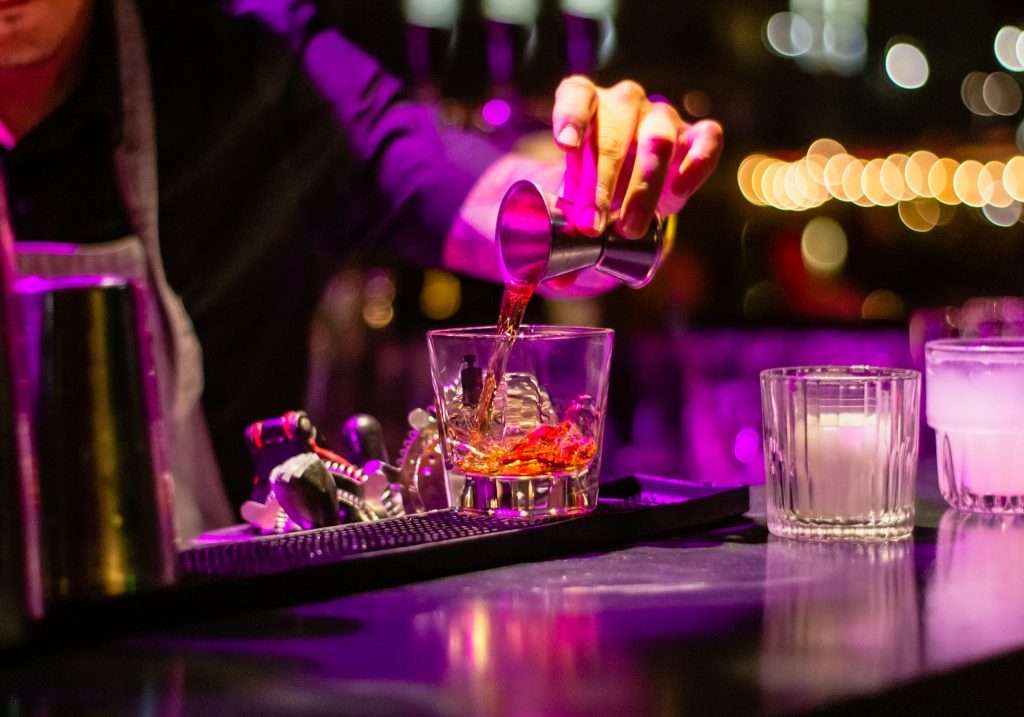
Why Add Water to Whiskey?
Before we get into the ‘how much’, let’s tackle the ‘why’. Adding water to whiskey isn’t just about diluting it or making it easier to drink. There’s actually some science behind it:
- It ‘opens up’ the whiskey: A few drops of water can help release more aromatic compounds, enhancing the nose of the whiskey.
- It can change the flavor profile: Water can alter the balance of flavors, sometimes bringing out notes that weren’t noticeable before.
- It reduces alcohol burn: For higher proof whiskies, a bit of water can reduce the ‘burn’, allowing you to appreciate other flavors more easily.
- It’s traditional: In Scotland, it’s common to add a small amount of water to whisky. They call it adding the water of life to the water of life.
A Brief History of Water and Whiskey
The practice of adding water to whiskey isn’t a modern invention – it’s been around for centuries. In fact, it’s deeply rooted in whisky tradition, particularly in Scotland.
In the early days of whisky production, spirits were often bottled at cask strength, which could be anywhere from 60% to 65% ABV. This was far too strong for most people to drink comfortably, so adding water was common practice.
Moreover, in Scotland, it was traditional to add water from the same source used to make the whisky. This was believed to bring out the true character of the spirit. Some distilleries, like Glenmorangie, even bottle their own spring water for this purpose.
Interestingly, the term “dram” originally referred to a measure of whisky diluted to a more palatable strength, usually around 40% ABV. So when someone offers you a dram, they’re inadvertently referencing this age-old practice of adding water to whisky!
The Science Behind Water and Whiskey
Now, I promise not to get too technical here, but a little bit of science can help us understand what’s happening when we add water to whiskey.
Whiskey contains both alcohol-soluble and water-soluble flavor compounds. Some of these compounds, particularly those that give whiskey its smoky, woody notes, are bound up with alcohol molecules. When you add water, it causes these compounds to ‘bloom’ or separate from the alcohol, releasing new aromas and flavors.
Additionally, adding water can break the surface tension of the whiskey, causing more aromatic molecules to be released into the air. This is why you might notice your whiskey becoming more fragrant after adding a few drops of water.
How Much Water Should You Add?
Now we come to the million-dollar question: how much water should you add to your whiskey? The short answer is: it depends. But don’t worry, I’m not going to leave you hanging with just that. Here are some guidelines:
- Start Small: Begin with just a few drops, especially if you’re new to this. You can always add more, but you can’t take it out once it’s in.
- Consider the ABV: Higher alcohol by volume (ABV) whiskies generally benefit from more water. A cask strength whisky at 60% ABV might need more water than a standard 40% ABV bottling.
- Trust Your Palate: There’s no ‘correct’ amount of water to add. It’s all about what tastes best to you.
- Experiment: Try your whiskey neat, then with a few drops, then with a bit more. See how the flavors change and decide what you prefer.
- Use the ‘Golden Ratio’: Some experts suggest a ratio of 1 part water to 2 parts whiskey as a starting point. But remember, this is just a guideline.
The Impact of Water on Different Types of Whiskey
The effect of water can vary depending on the type of whiskey you’re drinking. Let’s break it down:
Scotch Whisky
Single malt Scotch often benefits from a few drops of water. This is especially true for peated whiskies, where water can help tame the smoky notes and bring out underlying sweetness.
Bourbon
Bourbon is often bottled at a lower proof than Scotch, so it might need less water. However, high-proof or barrel strength bourbons can open up beautifully with a splash of water.
Irish Whiskey
Irish whiskeys are typically triple-distilled, resulting in a smoother spirit. They often don’t need as much water, but a few drops can still enhance the flavors.
Japanese Whisky
Japanese whiskies are known for their delicate flavors. A small amount of water can help reveal these subtle notes, but be careful not to overwhelm them.
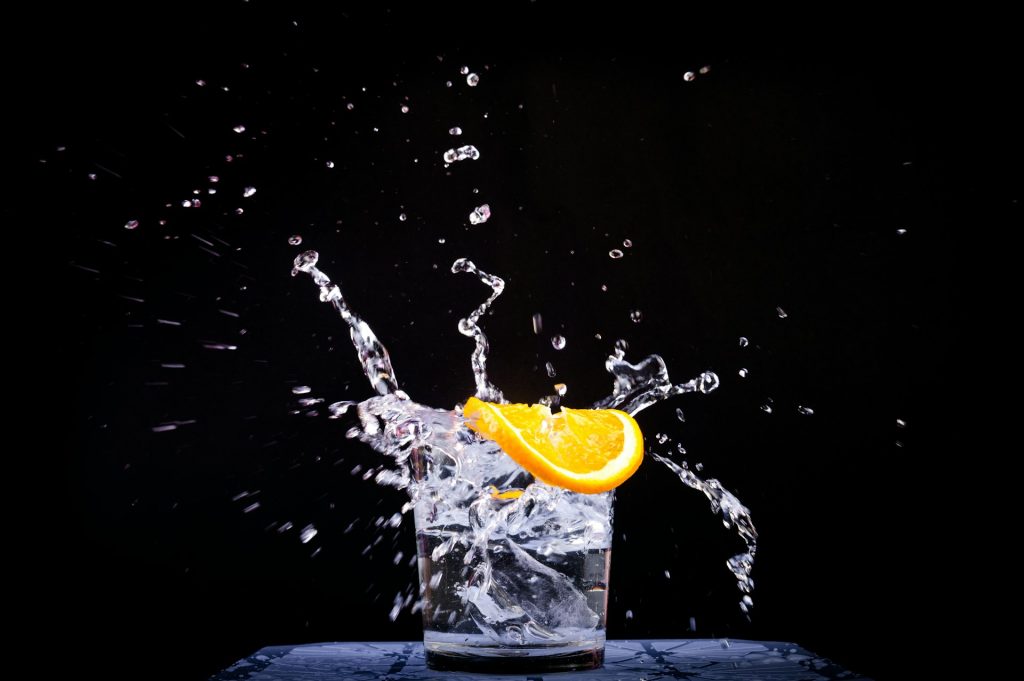
The Quality of Water Matters
When adding water to your whiskey, the quality of the water is important. Here’s what you need to know:
- Use Room Temperature Water: Cold water can dull the flavors of your whiskey.
- Avoid Tap Water: The chlorine in tap water can interfere with the whiskey’s flavors.
- Spring Water is Ideal: Many whisky producers recommend using spring water from the same source as the whiskey itself.
- Filtered Water Works Too: If you don’t have spring water, filtered water is a good alternative.
Tools for Adding Water to Whiskey
While you can certainly add water to your whiskey with a regular spoon, there are some tools designed specifically for this purpose:
- Pipette or Dropper: These allow you to add water drop by drop, giving you precise control.
- Water Jug: Special whisky water jugs often have a narrow spout for controlled pouring.
- Whisky Water Disc: This is a flat disc with a tiny hole that dispenses water one drop at a time when tilted.
The Case for Drinking Whiskey Neat
While we’ve talked a lot about adding water to whiskey, it’s worth noting that many people prefer their whiskey neat (without water). Here’s why:
- Pure Experience: Some argue that drinking whiskey neat allows you to experience it exactly as the distiller intended.
- Cask Strength Appreciation: For cask strength whiskies, drinking them neat lets you appreciate their full intensity.
- Developing Your Palate: Drinking whiskey neat can help you learn to appreciate and identify different flavors more easily.
Remember, there’s no right or wrong way to drink whiskey. It’s all about what you enjoy.
Water Alternatives
While water is the most common addition to whiskey, some people experiment with other options:
- Ice: This chills and dilutes the whiskey as it melts. Be aware that very cold temperatures can dull flavors.
- Whisky Stones: These chill your whiskey without diluting it.
- Soda Water: This creates a ‘whisky highball’, a refreshing long drink popular in Japan.
Hosting a Water and Whiskey Tasting
Once you’ve experimented with water and whiskey yourself, why not share the experience with friends? Here’s how to host a water and whiskey tasting:
- Choose Your Whiskies: Select 3-4 different whiskies. Include a range of styles and ABVs.
- Prepare Your Water: Use room temperature spring or filtered water.
- Provide Tools: Have droppers or pipettes available for adding water.
- Start Neat: Begin by tasting each whiskey neat.
- Add Water Gradually: Add water a few drops at a time, tasting after each addition.
- Discuss: Encourage your guests to share how they think the water changes the whiskey.
- No Wrong Answers: Remember, everyone’s palate is different. There’s no ‘correct’ amount of water to add.
This can be a fun and educational way to explore the world of whiskey with friends.
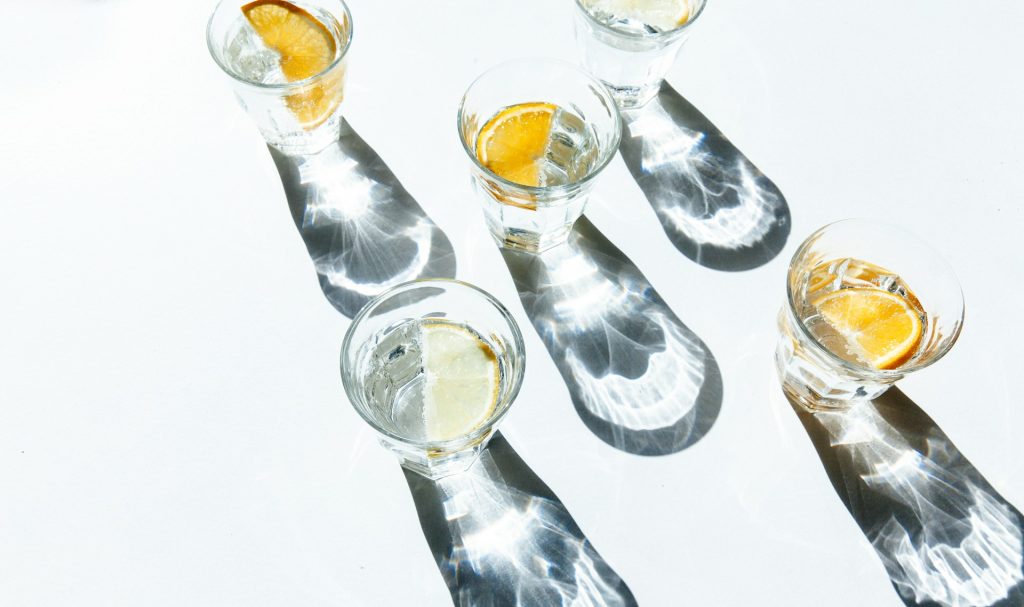
FAQs
1. Will adding water ‘ruin’ an expensive whiskey?
Not at all. Many master distillers recommend adding a few drops of water to fully appreciate their whiskies. Water can help release flavors and aromas that might be locked away in the neat spirit.
2. How can I tell if I’ve added too much water?
If the whiskey starts to taste diluted or lose its character, you’ve probably added too much. Trust your palate – if you’re no longer enjoying the whiskey as much, you’ve likely crossed the line.
3. Should I add water to whiskey in a cocktail?
Cocktail recipes are usually balanced as they are. If you’re making the cocktail yourself, you can adjust to your taste. However, most cocktails already account for dilution.
4. Can I add sparkling water to whiskey?
Yes, this creates a whisky highball. It’s particularly popular with Japanese whiskies. Just be aware that it will significantly change the flavor profile of the whiskey.
5. Does the temperature of the water matter?
Yes, room temperature water is best. Cold water can dull the flavors of the whiskey, while very hot water might overly intensify the alcohol.
6. Is there a difference between adding water and adding ice?
Yes. While both dilute the whiskey, ice also chills it, which can numb your taste buds. Ice will also continue to melt, progressively changing the whiskey’s flavor over time.
Wrapping Up: Finding Your Perfect Drop
- Adding water to whiskey can release new flavors and aromas.
- Start with a few drops and add more gradually if needed.
- Higher ABV whiskies generally benefit from more water.
- Different types of whiskey react differently to water.
- The quality of water matters – use room temperature spring or filtered water.
- Experiment to find what works best for your palate.
- It’s perfectly fine to enjoy your whiskey neat if that’s what you prefer.
- Hosting a water and whiskey tasting can be a fun way to explore this topic with friends.


